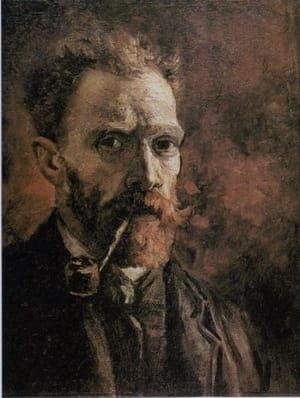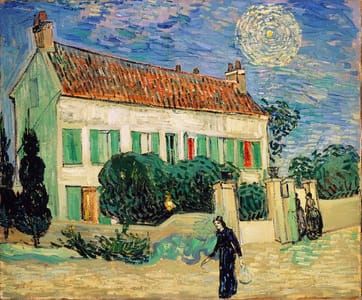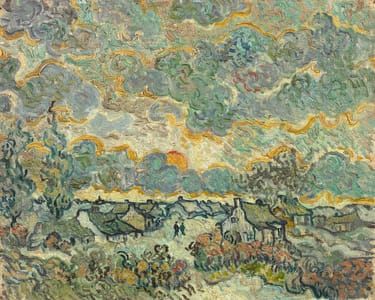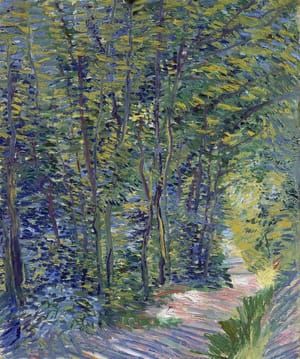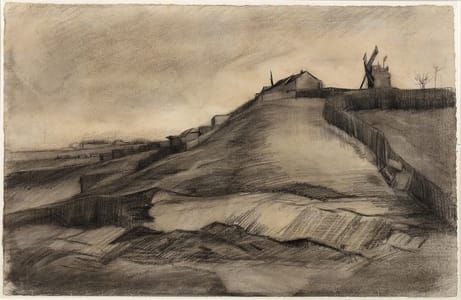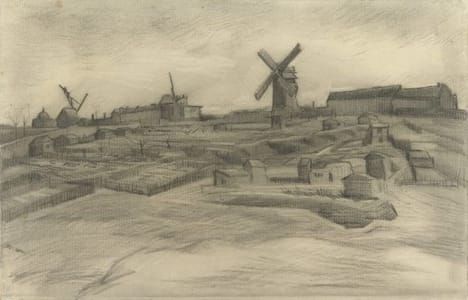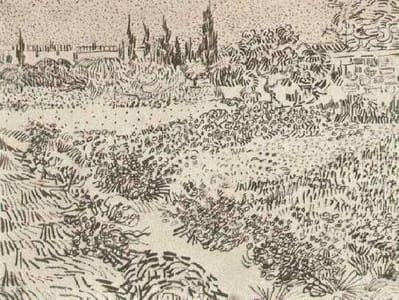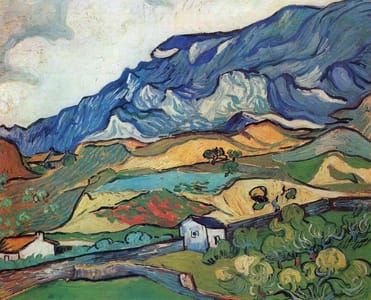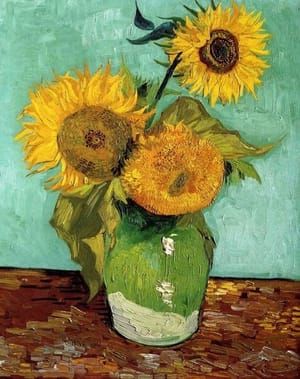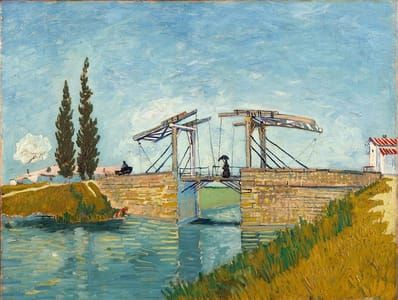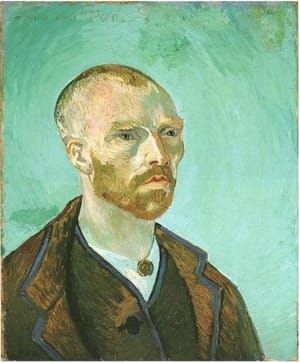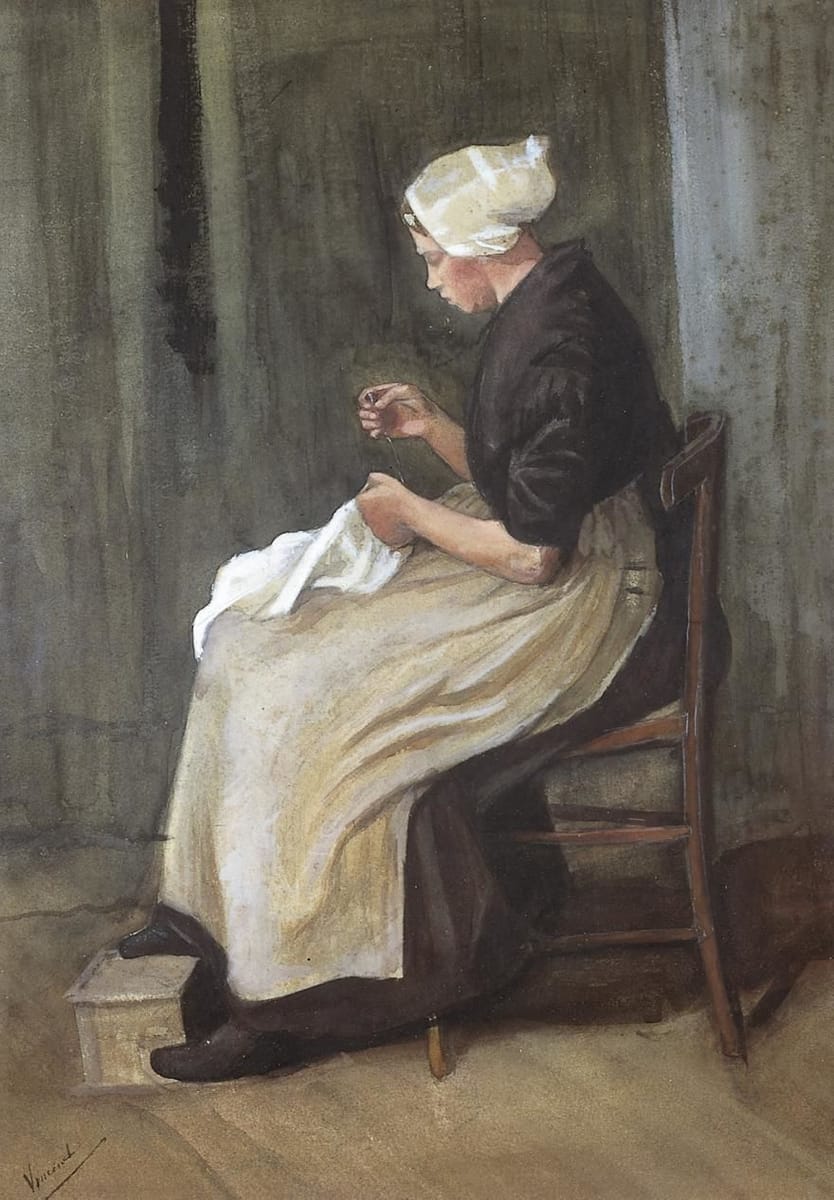

Woman Sewing
Vincent van Gogh
Vincent van Gogh is often associated with sunflowers and France, but in fact his artistic roots lay in The Hague and the painters of the Hague School. This was a group of artists who were inspired by the French Barbizon School and were innovative in terms of their realism and interest in the hard lives of laborers and fisher folk. It was in this artistic environment that the young Van Gogh developed his own brand of realism and laid the foundations for his career as a painter.
The Hague School had a perceptible influence on the life of Vincent van Gogh even before he decided to become an artist. Coming from a family of Protestant clergymen and art dealers, Vincent spent some time in The Hague as a would-be art dealer but found that he was not cut out for the profession. He moved to Belgium, where he tried to become a parson, but soon returned to The Hague determined to become a professional artist. He took lessons from Hague School painter Anton Mauve (a cousin by marriage), who allowed him to make drawings of models – often women from Scheveningen – in his studio and taught him how to go about making a watercolor or a sketch in oils. Vincent also accompanied Breitner to the waiting room at the railway station to make sketches of ordinary people and he looked for suitable models in the old men’s home. However, he was unable to share in the commercial success of the Hague School painters – he chose unsaleable subjects and depicted them in a harsh and unattractive style.
Van Gogh liked the work of Anton Mauve, H.J. Weissenbruch, Jozef Israëls and Jacob Maris and the day-to-day life and country scenes that they recorded in their paintings in subdued colors and loose brushstrokes. The realism of the Hague School attracted him, but the dreamy mood of the paintings was often too tame for him. He himself drew uncompromisingly unpicturesque views of the city and deliberately sought out the seamier side of life. Where the Hague School painters gloried in sympathetic depictions of the lives of peasants and fishermen, Van Gogh wanted to reveal the unpleasantness of the human condition. The influence of The Hague continued even after he left the city – still full of his impressions, he worked on in Drente and Nuenen, where he managed to achieve his ambitions in various versions of The Potato Eaters, a subject closely related to those painted by Jozef Israëls (a shining example to Van Gogh). Right through into his first year in Paris, the influence of the Hague School can still be detected in the work of Van Gogh and towards the end of his career he once again embraced tenets of the artistic philosophy he had absorbed in the city.
[https://www.gemeentemuseum.nl/en/exhibitions/the-hague-school-and-young-van-gogh]
© Vincent van Gogh
Vincent van Gogh
artistArthur
coming soon
